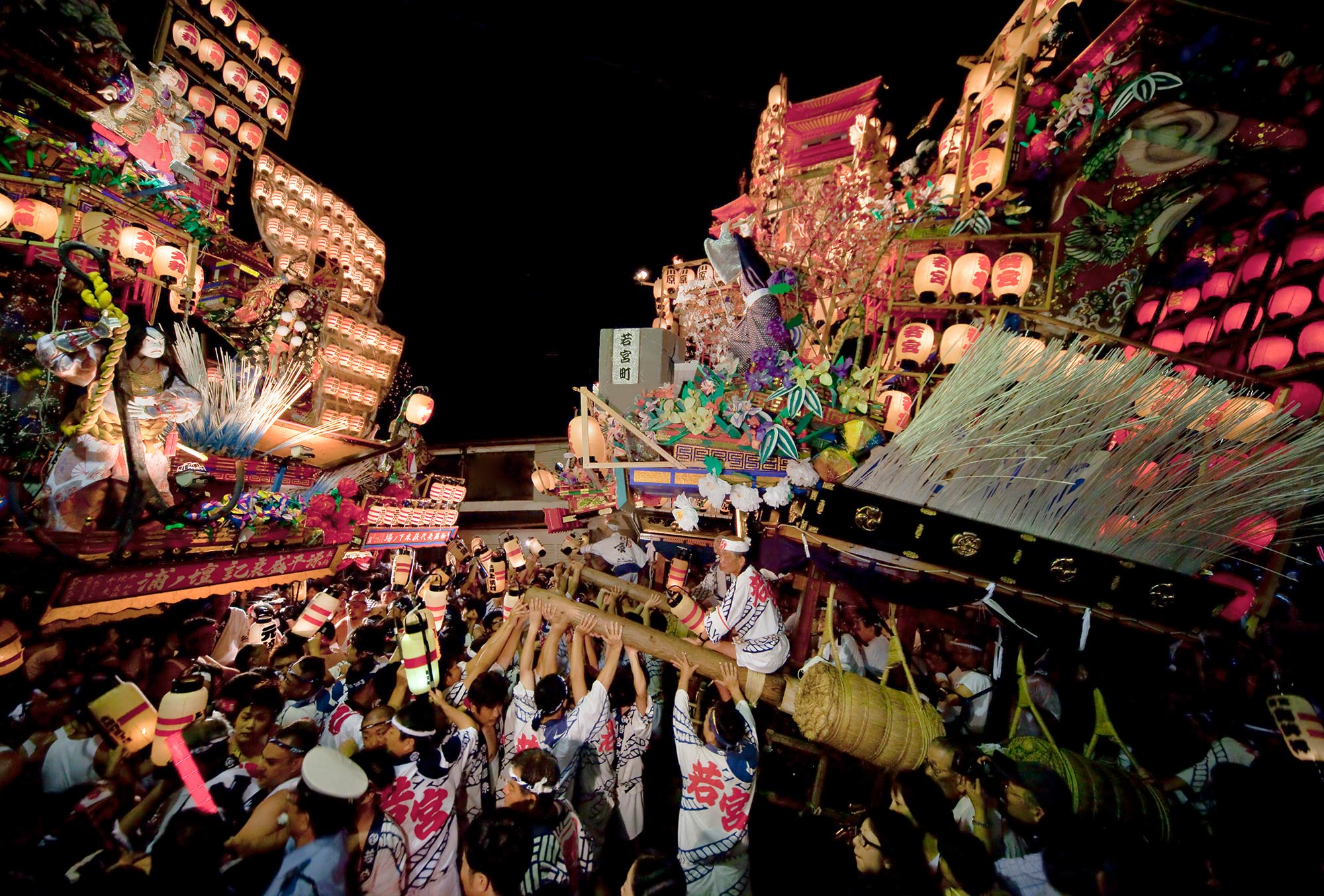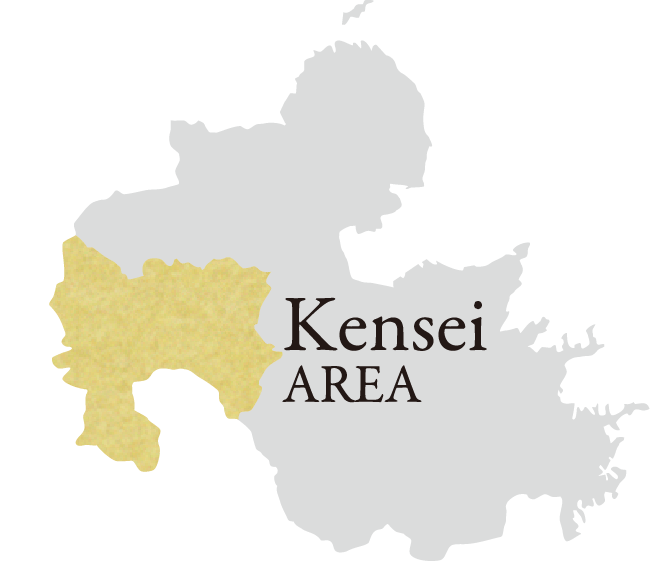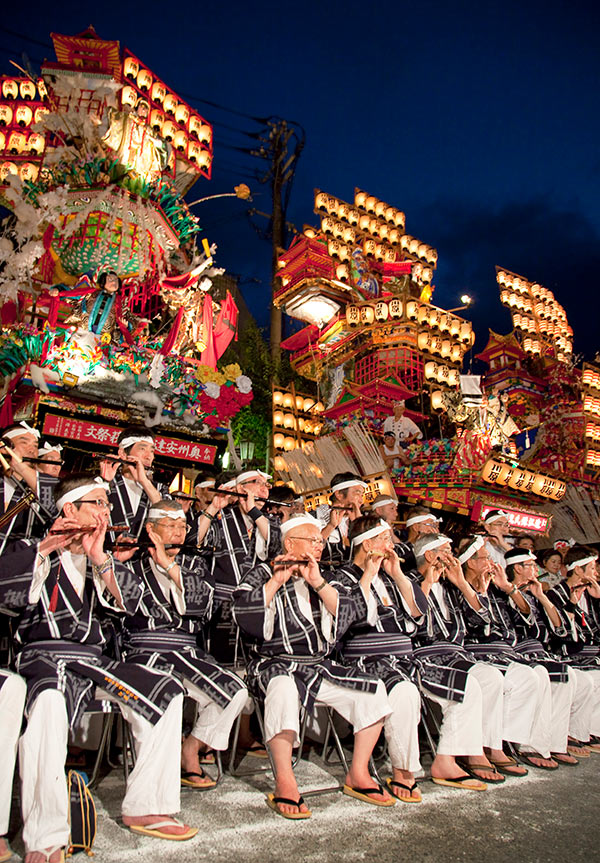

- Kensei Area
- Traditional Arts・Festival
Hita Gion
Photography/TAKEUCHI Yasunori
Brilliant and Magnificent
Gion Yamahoko, floats drawn to walk on the old town of the “Shogunate town,” with the unique music of Bamboo flute, Taiko drums, and Shamisen. Downtown Hita in summer gets excited with the elegantly decorated Yamahoko strolling the street. Unlike the widely known Hakata Yamakasa Festival, Yamahoko is said to have been strongly influenced by Kyoto Gion, therefore providing the “Small Kyoto of Kyushu” feel. It is a Nationally Designated Important Intangible Folk Cultural Property.
Gion Festival is a traditional festival to pray for security and peace from plagues and natural disasters, many occurring in the summer. The festival is held at various places within Oita, and Hita is considered as one of the three major Gion Festival locations along with Nakatsu and Usuki. They are all distinctive, and the festival in Hita is known to be gorgeous and magnificent. It could be because it was the home to Hita Daikan (magistrate) and Saigoku Gundai (municipal office).
Hita Gion Festival is said to have started in 1714. There are currently a total of nine units of Yamahoko, with four units each from Mameda and Kuma/Takeda districts, and the new Heisei Yamahoko. The decorations are themed in classics; Nansou Satomi Hakkenden (Eight Dog Chronicles), Dan no Ura Kabuto Gunki (Battle of Dannoura), Doujouji Kaneiri, Yoshitsune Senbon Zakura (Yoshitsune and the Thousand Cherry Trees), Narukami Fudou (The Thunder God), Renjishi (Two Lions), etc. The Heisei Yamahoko made in 1990 is 10 meters in height. They replaced the electrical wires just for this Yamahoko.
As the Yamahokos pass, then you will see the hanging curtain decoration on the back following after to leave an afterglow. They come in varieties; phoenix, lion, dragon, giraffe, and black tortoise.
The musical accompaniment called “Hayashi” is also renowned. They have different music for when they start the parade and while they go on the street, with more than 50 songs such as Banzai, Yae Zakura, Osome Hisamatsu, Samegai, and Suigou Bushi. The Shinobue bamboo flute, the lead, is considered to have been adopted by the officials of the Gundai Yakusho (municipality office) in Nagasaki during the Bunka era (early 1800’s).
The festival isn’t only about that one day. From washing the Mikoshi (portable shrine) to practicing the music, there is some time and effort put into before and after. As the day approaches, some people get so excited they can’t think about anything else but the festival. We call these people “haunted with Gion fox.” Not only men but also women and children are involved, as they release the energy at the festival.

Every year, the decoration is made based on a scene of a Kabuki play.

